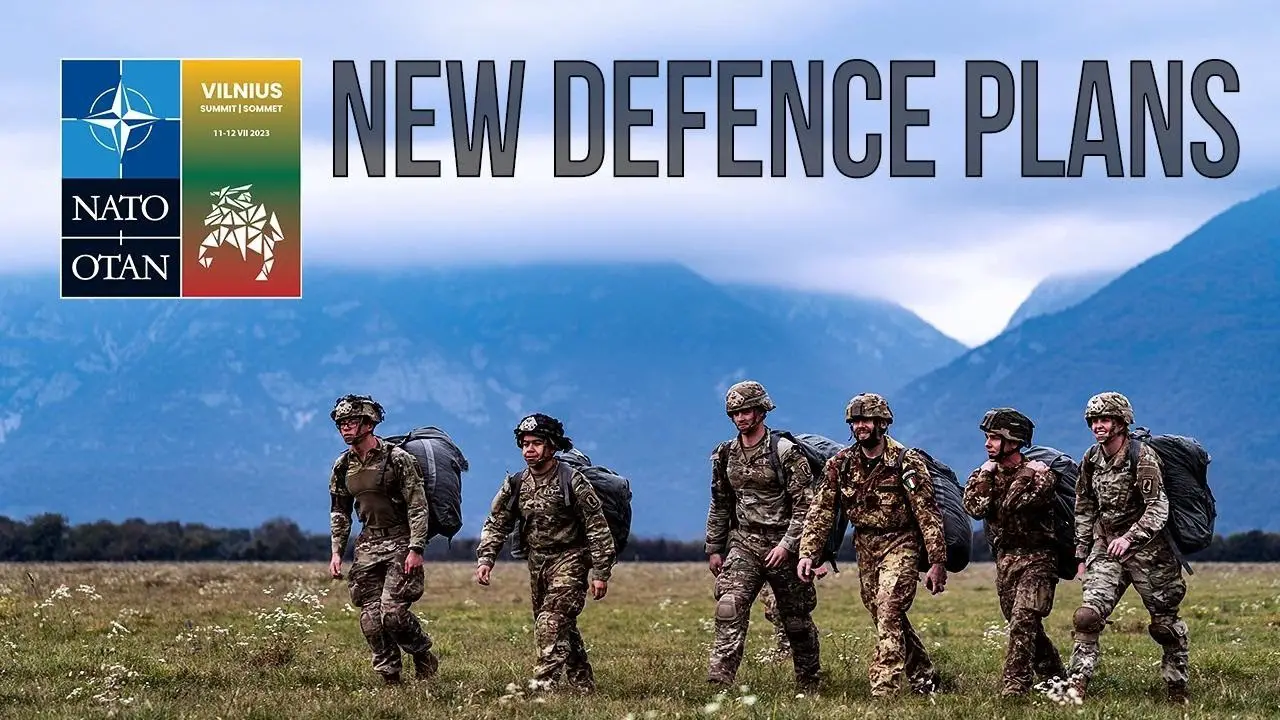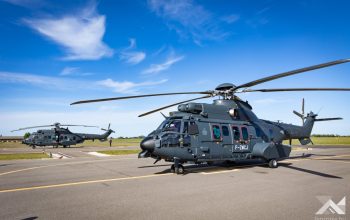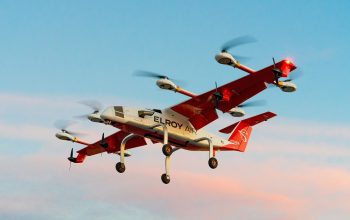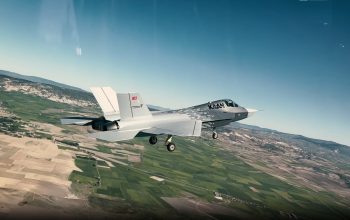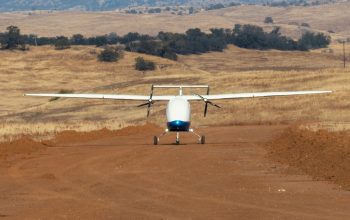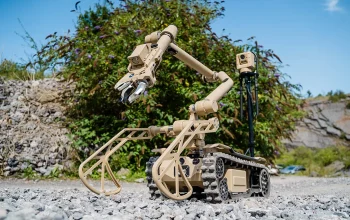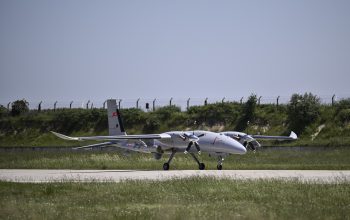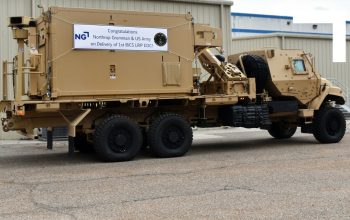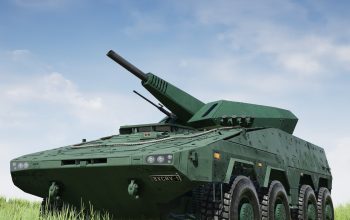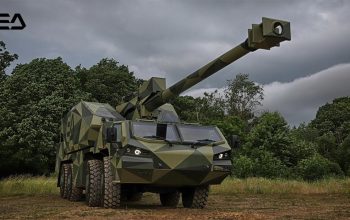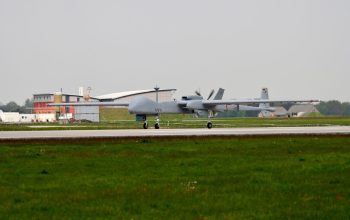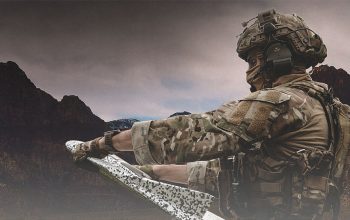NATO is currently undergoing its most significant reorganization of force structure since the Cold War ended. This transformation follows the decisions made at the NATO summit in Vilnius. One notable change is the decision to maintain up to 300,000 troops in a state of high readiness, which represents a substantial increase from the forces previously kept on alert as part of the NATO Response Force (NRF) since 2003. Moreover, NATO has revised its approach to the defense of Allied territory by developing new Regional Plans. These plans provide detailed strategies for the defense of different areas within the Alliance, encompassing specific forces, required capabilities, and levels of readiness. Allied forces will receive training to ensure their ability to execute these plans effectively.
The security landscape in Europe underwent a significant shift when Russia launched an illegal and full-scale invasion of Ukraine in February 2022. Safeguarding the security of NATO Allies necessitates a new framework that enables rapid response on a larger scale, demonstrating the Alliance’s firm determination to protect their territories against any form of aggression. The NRF, initially established in June 2003 following endorsements at the 2002 Prague summit, serves as NATO’s high-readiness rapid deployment force. It consists of land, sea, air, and special forces units capable of swift deployment with short notice. Presently, the NRF comprises up to 40,000 troops, but there are plans to expand its manpower to over 300,000 troops. Notably, the NRF includes units from non-NATO member partners such as Sweden, Ukraine, and Georgia.Until February 2022, units assigned to the NRF were primarily employed for disaster relief and security purposes.
However, in response to the Russian invasion of Ukraine, the NRF was activated for the first time to address the emerging crisis. The NRF structure consists of four key components:
- Command and Control element: Deployable Joint Task Force Headquarters.
Very High Readiness Joint Task Force (VJTF): A high-readiness “spearhead force” capable of swift deployment wherever required. - Initial Follow On Forces Group (IFFG): High-readiness forces that can deploy after the VJTF to respond to a crisis.
- Response Forces Pool (RFP): A diverse range of military capabilities, including command and control, combat forces, and support units, drawn from both NATO member and non-member allies.
Rotating forces through the NRF necessitates meeting stringent standards for collective defense and expeditionary operations. Given these high standards, nations participating in the NRF must undergo a six-month NATO exercise program to integrate and standardize their respective contingents. Typically, nations engage in a pre-training period lasting between 6 and 18 months in preparation for the NATO exercises. Once activated, Reconnaissance Teams deploy within five days, marking the initial phase of several deployment stages that culminate in the deployment of the entire HQ Joint Task Force and Immediate Reaction Forces within 30 days.


